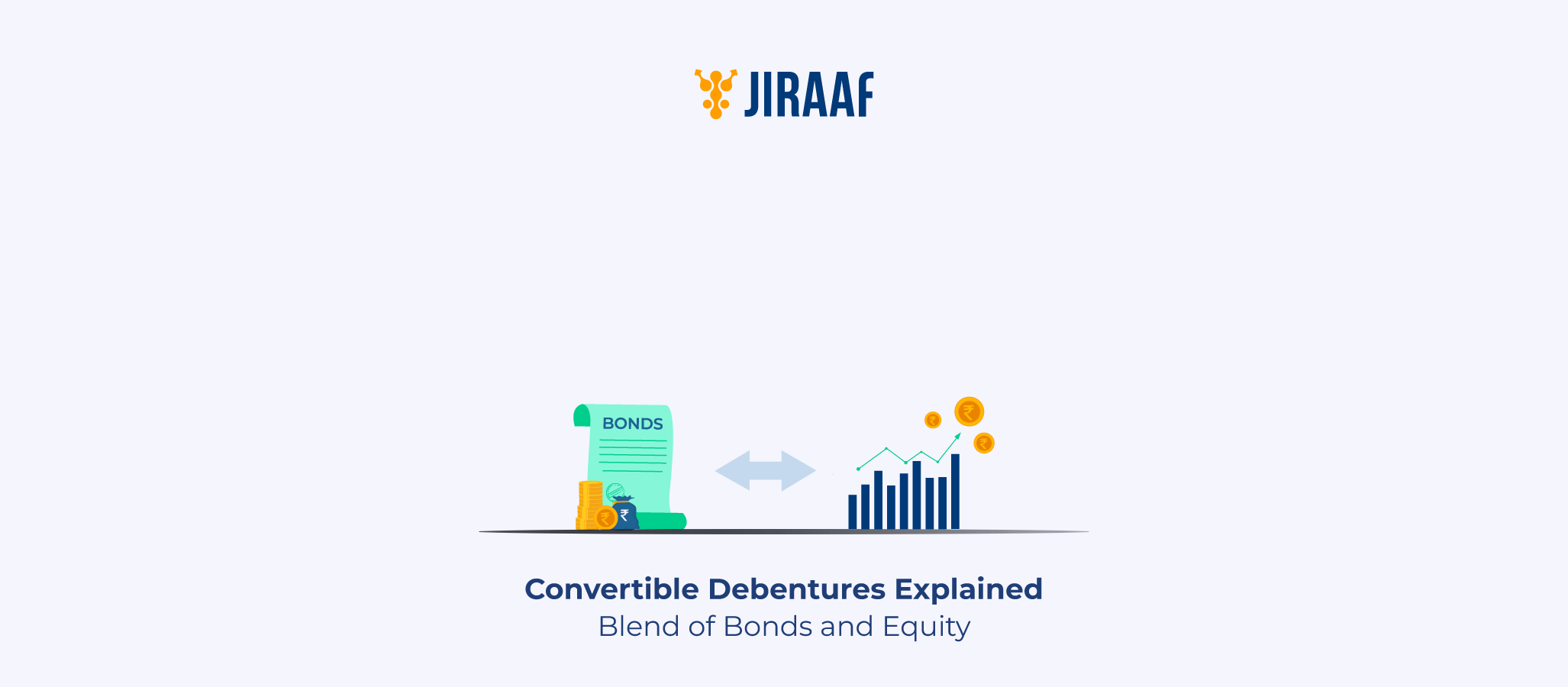This might break a few hearts—and maybe even shake the lockers a little but the truth is that gold, India’s most beloved asset and traditional hedge against inflation, isn’t always the golden investment it’s believed to be.
For generations, Indian households have equated gold with safety, prosperity, financial wisdom, and a status symbol too. It’s been a go-to investment for weddings, festivals, and emergencies alike. But while its sparkle remains timeless, its role as an investment deserves a closer look.
Let’s dig deeper to understand why gold isn’t always as flawless an investment as it appears.
Gold as an Investment Option
Gold has been viewed as a store of value since time immemorial. Over the years, various investment options linked to gold have emerged—from sovereign gold bonds (SGBs) and Gold ETFs to digital gold and gold futures. Yet, despite these modern alternatives, physical gold continues to dominate Indian households.
Physical gold itself takes many forms—coins, bars, and, most popularly, jewelry. It’s tangible, familiar, and emotionally comforting. But as an investment, it functions differently from financial assets that generate regular income or appreciate based on business growth.
So, before we get into the disadvantages, it’s important to understand why people still prefer to invest in gold in the first place.
Why People Prefer Investing in Gold
Gold’s popularity as an investment is built on several long-standing beliefs. Let’s look at the most common reasons and why they might not be entirely foolproof:
- Inflation Hedge
Many believe gold protects your wealth against inflation since its value tends to rise when prices of goods go up. However, this isn’t always true! There have been long stretches where inflation outpaced gold returns, reducing its real value.
- Stability in Volatile Times
Gold is often seen as a “safe haven” during market turbulence. But in reality, its price can fluctuate significantly based on global demand, currency movement, and investor sentiment. Stability is relative, not guaranteed.
- Liquidity
It’s true that gold can be sold quickly, but instant liquidity often comes at a cost. Jewelers charge making fees during purchase and deduct depreciation during resale of gold jewelry, reducing the effective returns. Even coins and bars are sold below market price due to dealer margins—reducing overall returns.
- Tangible Asset
Holding physical gold feels reassuring as you can touch it, store it, and pass it on. But this tangibility also comes with risks of theft, loss, and maintenance costs, which eat into your investment.
- Global Acceptance
Gold is indeed globally recognized, and central banks continue to hold reserves. However, for individual investors, this global presence doesn’t directly translate into better liquidity or higher returns in domestic markets.
- Status Symbol
For many, owning gold isn’t just about investment; it’s about pride and tradition. While that emotional value is valid, it doesn’t make gold a financially efficient asset.
These beliefs have helped gold retain its place in Indian portfolios. But understanding its downsides is just as important before locking your savings into it.
Major Disadvantages of Investing in Gold
While gold may feel like a secure and timeless choice, several limitations make it less attractive as a serious wealth-building tool:
- No Regular Income
Unlike stocks, bonds, or mutual funds, gold doesn’t pay interest or dividends. Your wealth grows only if prices rise, and that too, after accounting for transaction costs and taxes.
- Additional Costs
Storing physical gold safely isn’t free. Locker rentals, insurance, and making charges add to your expenses. Over time, these hidden costs can significantly lower your overall returns.
- Not as Stable as Believed
Gold prices can be surprisingly volatile. Global economic shifts, interest rate changes, and geopolitical tensions often lead to sudden price movements—making it far from the “always stable” investment many assume.
- Taxation on Returns
Gains from selling gold are taxable. If you hold it for over three years, it attracts long-term capital gains tax with indexation benefits. For shorter durations, gains are added to your income and taxed at your slab rate.
- Risk of Fraud and Purity Concerns
Unless purchased from a trusted source, physical gold carries the risk of adulteration or under-karating. Even hallmarking doesn’t fully eliminate the chances of being misled on purity or weight. While mandatory hallmarking has significantly improved consumer protection, it is still advisable for buyers to verify the purity themselves through trusted third-party centers if they have concerns, as the possibility of fraud in a few cases cannot be entirely ruled out.
These drawbacks don’t mean gold is a bad investment altogether—it just shouldn’t be the only one you rely on.
Is Investing in Gold a Good Idea for Long-term Wealth?
Gold does have its place in a diversified portfolio. It can act as a cushion during inflationary periods or market downturns. But treating it as your primary wealth-building tool is a mistake.
While gold provides emotional comfort, its long-term returns often fall short when compared to more productive assets like equities, mutual funds, or corporate bonds. Corporate bonds, in particular, offer a balanced middle ground—combining the steady income of traditional debt instruments with better inflation-adjusted returns.
Even newer forms like digital gold tend to mimic the volatility of cryptocurrencies—high on excitement, but low on predictability. Digital gold’s price closely tracks the underlying physical gold price, so its volatility is similar to gold’s, which is typically much lower than the extreme volatility associated with cryptocurrencies like Bitcoin. A smarter approach is to treat gold as a support act, not the star of your portfolio.
And if you’re unsure how to balance your investments, consulting a financial advisor can help you design a strategy that suits your goals, liquidity needs, and risk comfort.









